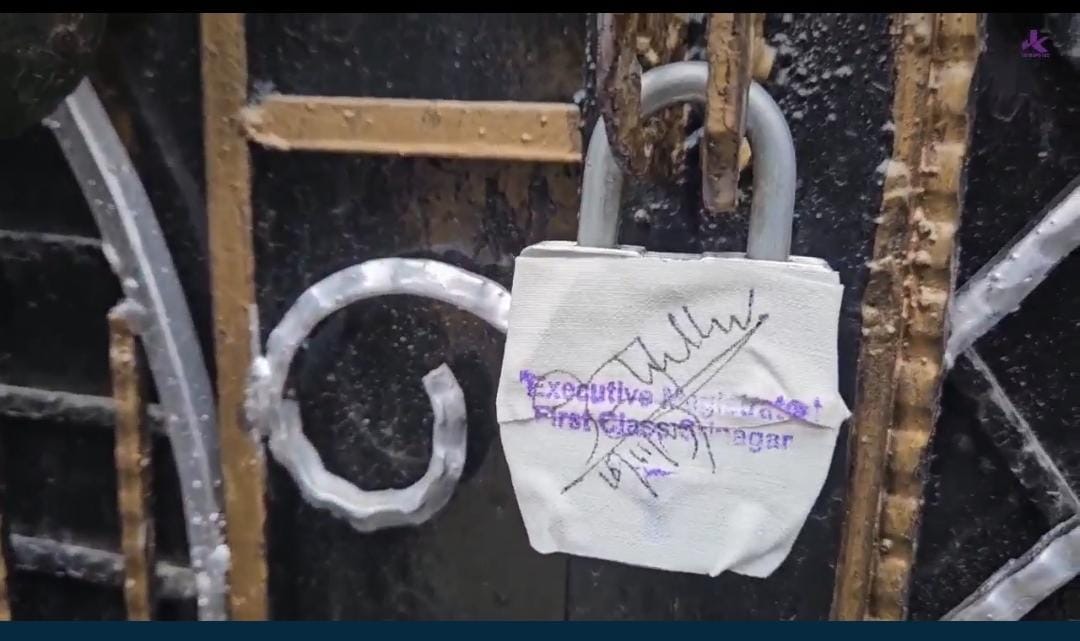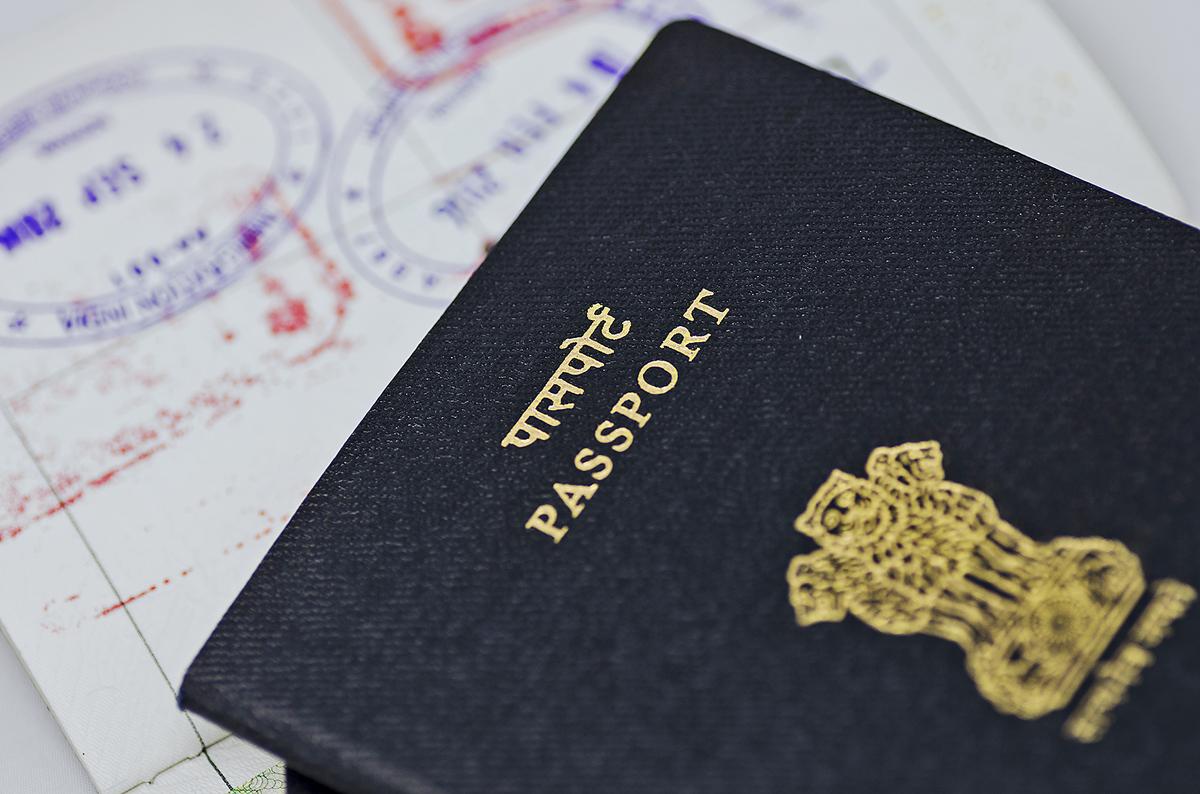J&K Govt Plans 7 Mega Power Projects to Boost Generation
Jammu 05 March 2025: The Jammu and Kashmir government has unveiled an ambitious plan to develop seven mega power projects in the coming years. This initiative aims to significantly enhance the region’s electricity generation capacity and reduce dependence on external sources. The announcement was made during a recent Legislative Assembly session, where concerns about frequent power curtailments were raised.
Concerns About Power Curtailments:
During the Legislative Assembly session, National Conference MLA Shamim Firdous expressed concerns about frequent power curtailments and questioned the government’s steps toward making J&K self-reliant in electricity generation. Responding to the query, Chief Minister Omar Abdullah, who also holds the power portfolio, stated in a written reply that the Jammu and Kashmir Power Development Corporation (JKSPDC) is prioritizing the expansion of hydroelectric power projects.
Joint Ventures and Ongoing Projects:
The government’s response highlighted that JKSPDC, in collaboration with NHPC, has formed joint ventures such as CVPPL and RHPCL to implement several power projects. Among the key developments in this sector, four major hydroelectric projects are currently under construction on the Chenab River in Kishtwar. These include:
- 1,000 MW Pakal Dul Project
- 624 MW Kiru Project
- 540 MW Kwar Project
- 850 MW Ratle Project
With a combined capacity of 3,014 MW, these projects are expected to be commissioned by 2027. Additionally, the government is working on the 37.5 MW Parnai hydroelectric project in Poonch and the 12 MW Kamah project in Kupwara, which will further add to the region’s power supply. Alongside these, the 48 MW Lower Kalnai project in Kishtwar and the 93 MW New Ganderbal project in Ganderbal have already been tendered.
Future Plans for Mega Power Projects:
Looking ahead, the government plans to develop seven more mega power projects to further boost J&K’s generation capacity. These include:
- Kirthai-I
- Dulhasti-II
- Bursar
- Sawalkote
- Uri-I Stage-II
- Ujh
- Kirthai-II
Challenges and Diversification Efforts:
The government acknowledged that while hydropower remains the primary source of electricity for J&K, the winter months often lead to reduced generation due to lower water flow. To ensure year-round self-reliance in power generation, the administration is working on diversifying its energy mix by integrating thermal and nuclear power sources. The government emphasized the importance of securing power from external generators while also prioritizing renewable energy solutions in alignment with international climate commitments.
Long-Term Energy Planning:
In a significant step toward long-term energy planning, J&K, in consultation with the Centre, has developed a Resource Adequacy Plan extending until 2035. This plan outlines measures to increase power generation capacity, both by developing local power plants and securing energy from outside the region.
Commitment to Free Electricity:
On the question of whether the government is committed to providing 200 units of free electricity to consumers, the Chief Minister responded positively, stating that necessary steps would be detailed during the budget discussion on power sector grants.
CM Omar Pledges Power Sector Overhaul:
Chief Minister Omar Abdullah pledged an overhaul of the power sector in Jammu and Kashmir, addressing concerns about transmission and distribution losses. He emphasized that J&K’s transmission and distribution losses are among the highest in India, significantly higher compared to neighboring states like Himachal Pradesh and Uttarakhand. To address these issues, the Revamped Distribution Sector Scheme (RDSS) is being implemented to curb losses and modernize power infrastructure in the region.
RDSS Implementation:
Under RDSS, in addition to smart metering works, funds have been sanctioned for various “Loss Reduction (LR)” works, including:
- AB Cabling
- HVDS
- Reconductoring
- Feeder Bifurcation and Segregation
These measures are district-specific, and funds for LR works have been sanctioned at the district level rather than for individual constituencies. The sanctioned cost for LR works in Doda district is Rs 86.28 crore, with the works awarded in September 2023.
Progress of RDSS Projects:
Addressing concerns about the slow progress of RDSS projects, the Chief Minister explained that the package (including Doda district) was tendered for the first time on March 31, 2023. Due to a poor response, the tendering process had to be extended three times. The bid was finally opened on August 4, 2023, and awarded on September 8, 2023. So far, 12.25 percent progress has been achieved, and the works are moving forward at full pace with no delays. It is expected that the works in Doda district will be completed well within the sunset date of RDSS, which is March 31, 2026.
Detailed Project Reports (DPRs):
The RDSS Detailed Project Reports (DPRs) were formulated in two parts:
- Part A: Includes LR works and smart metering projects. Sanction has been received for Part A works.
- Part B: Covers modernization works and is currently at the appraisal stage with the Nodal Agency of MoP. Once sanctioned, the modernization works will be awarded as per the terms and conditions specified in the sanction order.
Conclusion:
The ambitious plan to develop seven mega power projects in Jammu and Kashmir, along with the implementation of the RDSS, reflects the government’s commitment to enhancing electricity generation capacity and reducing dependence on external sources. The comprehensive approach to diversifying the energy mix, modernizing power infrastructure, and addressing transmission and distribution losses aims to ensure long-term energy self-reliance and sustainability in the region.



